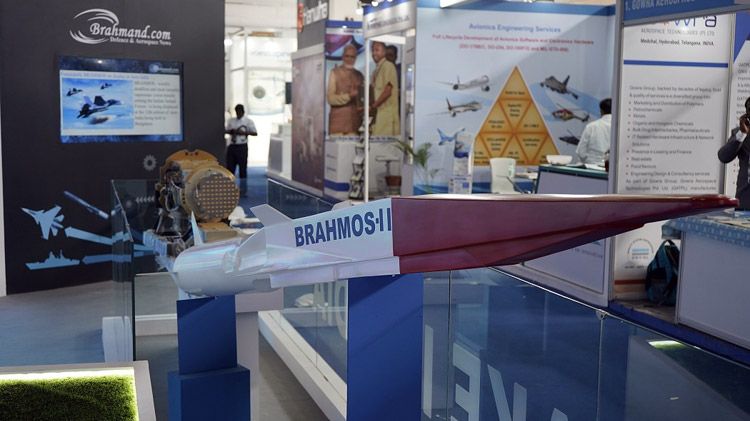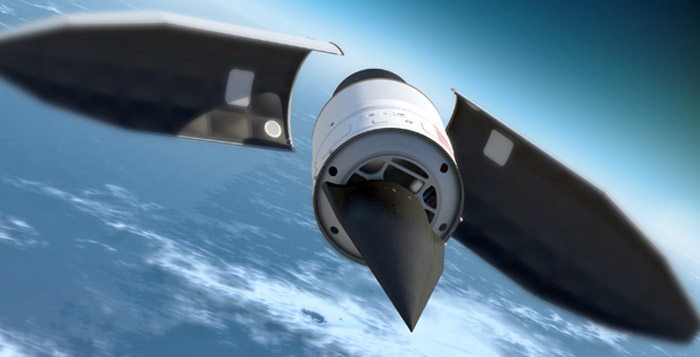INDIAN ARMED FORCES CHIEFS ON OUR RELENTLESS AND FOCUSED PUBLISHING EFFORTS

The insightful articles, inspiring narrations and analytical perspectives presented by the Editorial Team, establish an alluring connect with the reader. My compliments and best wishes to SP Guide Publications.

"Over the past 60 years, the growth of SP Guide Publications has mirrored the rising stature of Indian Navy. Its well-researched and informative magazines on Defence and Aerospace sector have served to shape an educated opinion of our military personnel, policy makers and the public alike. I wish SP's Publication team continued success, fair winds and following seas in all future endeavour!"

Since, its inception in 1964, SP Guide Publications has consistently demonstrated commitment to high-quality journalism in the aerospace and defence sectors, earning a well-deserved reputation as Asia's largest media house in this domain. I wish SP Guide Publications continued success in its pursuit of excellence.
- Prime Minister Modi Visits Punjab’s Adampur Air Base, Interacts with Airmen after Successful ‘Operation Sindoor’; Stern Message to Pakistan
- The layered Air Defence systems that worked superbly, the key element of Operation Sindoor
- Operation Sindoor | Day 2 DGMOs Briefing
- Operation Sindoor: Resolute yet Restrained
- India's Operation Sindoor Sends a Clear Message to Terror and the World – ‘ZERO TOLERANCE’
- Japan and India set forth a defence cooperation consultancy framework, talks on tank and jet engines
Indigenous Hypersonic Missile
 |
The Author is Former Director General of Information Systems and A Special Forces Veteran, Indian Army |

News reports of October 2019 indicate that DRDO has commenced work on a next generation hypersonic weapon – a missile that can travel at five times the speed of sound, or a little over 1.6 km every second, and for testing and fine tuning the technology a wind tunnel will be operational soon. Defence Minister Rajnath Singh is expected to inaugurate the wind tunnel facility soon. The race to acquire hypersonic weapons technology is heating up globally. China, Russia, and the United States are testing hypersonic weapons of various types to enhance strategic nuclear deterrence and strengthen front-line combat units. Existing intercontinental ballistic missile (ICBM) re-entry vehicles also travel at those superfast speeds, but the hypersonic glide vehicles now in development are far more maneuverable, making their tracking and interception nearly impossible.
Hypersonic weapons are specifically designed for increased survivability against modern ballistic missile defence systems. Hypersonic vehicles typically consist of a Supersonic Combustion Ramjet, or Scramjet propulsion system to enable such high speeds. A Scramjet engine is an engine that uses 'air breathing' technology; the engine collects oxygen from the atmosphere as it is traveling and mixes the oxygen with its hydrogen fuel, creating the combustion needed for hypersonic travel. This is different than a traditional ramjet, which is used on space shuttles and satellite launches. In contrast to conventional Reentry Vehicles (RV) that travel at supersonic speeds (between Mach 1 and Mach 5), hypersonic weapons travel along the edge of space and accelerate to between Mach 5 (around 3,800 mph) and Mach 10 (over 7,500 mph). While conventional ballistic missiles are launched at steep trajectories that inhibit speed during the high friction of launch and reentry, hypersonic missiles glide atop the atmosphere while engaging specialised jet engines to perpetually accelerate up to hypersonic speeds.
Ability to travel at ultra-high velocity is the primary appeal of hypersonic missiles because it extends their range and allows them to bypass modern layered missile defences. Hypersonic missiles are capable of delivering conventional or nuclear payloads at ultra-high velocities over long ranges. Hypersonic missiles can be fired from the last stages of an ICBM or Submarine-Launched Ballistic Missiles (SLBM) and skip along the top of the atmosphere using specialised jet engines to accelerate to hypersonic speeds. Alternatively, hypersonic missiles can be launched independently or released from a bomber, similar to cruise missiles, before accelerating to ultra-high speeds.

The US has invested in research and development of a hypersonic missile called the Advanced Hypersonic Weapon (AHW), which uses boost glide technology to propel warheads. During a test in 2011, the glide vehicle successfully struck a target located 3,700 km away with precision. Concurrently, Lockheed Martin has developed a hypersonic vehicle called the Falcon Hypersonic Technology Vehicle 2 (HTV-2), which is a maneuverable rocket-launched aircraft that glides through the Earth's atmosphere at speeds up to Mach 20 (13,000 mph). US is using the HTV-2 and AHW in its 'Prompt Global Strike', which would allow the US to launch a hypersonic strike against targets anywhere on the planet in less than one hour. Russia has been designing and testing various hypersonic glide vehicles (HGV) and hypersonic cruise missiles. Avangard, a hypersonic glider has been tested multiple times since February 2015. It can reach speeds of Mach 20 (15,000 mph). In March 2018, President Putin announced completion of testing and commencement of its series production. It was then set to become operational in late 2018 or early 2019, nearly five years ahead of schedule. India and Russia are also jointly developing the BrahMos-II hypersonic cruise missile, testing of which is ongoing. BrahMos-II is likely to enter service in Indian and Russian military in 2025. BrahMos-II will be one of the fastest hypersonic cruise missile in the world reaching speeds of Mach 7 (5,000 mph). Russia's 3M22 Zircon anti-ship hypersonic cruise missile was successfully launched in June 2017, reaching Mach 8 (6,000 mph). KH-47M2 Kinzhal is another Russian hypersonic cruise missile. It can reportedly travel as fast as Mach 10 over a distance of 1,200 miles. Kinzhal is designed to counter US missile defense systems like THAAD and heavily defended US aircraft carriers. As of May 5, 2018 ten MiG-31 fighter jets have reportedly been fitted with Kinzhal missiles. China has been developing its hypersonic weapon capabilities with advancements in both hypersonic glide vehicles (HGV) and hypersonic cruise missiles since 2014. China's hypersonic glide vehicle 'DF-ZF' had undergone six plus development tests between 2014 and 2016. Launched during the last stage of a missile, the DF-ZF can reach nearly 7,500 mph (Mach 10), as well as maneuver to avoid missile defences and zero in on targets. Scheduled to be operational in early 2020, China claims it can attack ships at sea with precision. PLA has also been testing its DF-17 ballistic missile combined with an HGV. The DF-17 underwent two tests in November 2017. It has an estimated range of 1,100 to 1,500 miles and can reach mach 10, without losing any of its maneuverability. The DF-17 combined with HGV is also expected to be operational by 2020. India's missile programme is impressive thank to the initial push given by former President A.P.J. Abdul Kalam and BrahMos-II will be good addition to India's combat capability. But considering the level of R&D and focus by China in next generation weapon systems, the DRDO will need to work with top speed in conjunction the private industry. China appears to be racing ahead not only in swarm drones warfare but there is also speculation that China may have raced ahead of the US in stealth technology.





